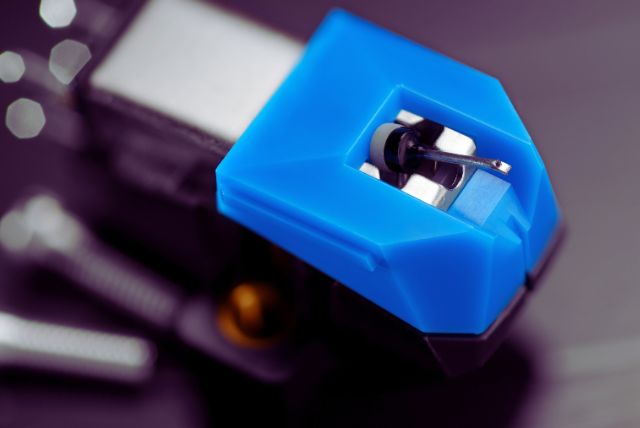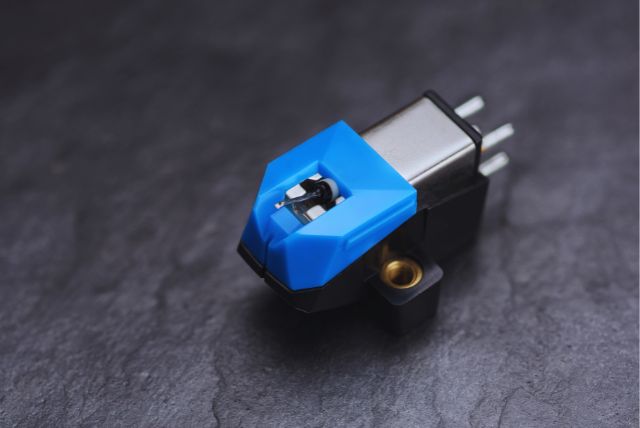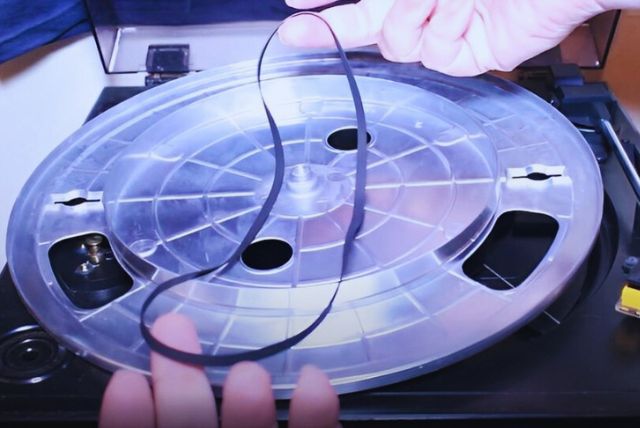A lot of my friends and siblings, who own record players themselves, pay a visit to me whenever they have any problem with their turntables. When you are a vinyl enthusiast and have been around turntables since childhood, everyone considers you an expert and reaches out for advice, especially when they want to repair their record player.
I always try to help them with my knowledge and experience. But while some issues can be fixed, like a faulty needle or stylus, a malfunctioning cartridge and a worn-out belt. There are times when the issues are so complex that the only option available is to take the turntable to someone who repairs the turntable.
And if you are someone who is facing a problem with your beloved player.
Don’t lose hope just now! Before seeking professional help, you can try some of the fixes that I am sharing and see if they work for you.
How to repair record player? Common issues and their fixes
Lets discuss some of the ways through which you can fix your LP player.
But before that, if you even have the slightest doubt that it’s difficult for you, please take your turntable to someone who is expert in its repair.
Check whether the problem is even the record player
Sometimes, the problem is not your record player but rather a specific record that you are playing. If you experience any crackle or distortion while playing a record, stop the turntable and replace the record with another record. If the second record plays perfectly, it means your turntable is completely fine, and if not, there is some issue that needs to be fixed.
Inspect the stylus (needle)
A stylus or a needle is an important component of a turntable that is made up of either diamond or sapphire and is connected to the cartridge. Its main purpose is to track the grooves and produce vibrations that are converted into electrical signals and, ultimately, into music. But like every other component, it also has a lifespan, i.e., between 200-1000 hours, depending upon the usage.
If you are experiencing a distortion in sound, one of the possible reasons could be a dirty or faulty stylus. A possible fix to it is first to clean the needle using a stylus cleaning brush for any dust and debris and check if it reduces the distortion in sound while playing a record. If there is still distortion in audio or you have never changed your stylus and it’s already been years, it’s the right time to change the stylus. FOLKS!
Here is a guide that will assist you in changing your turntable needle.

Check the cartridge
The cartridge in your record player is a component that holds the stylus and converts the vibrations produced while tracking grooves into electrical signals. If the quality of sound is extremely low or there is no sound at all, it means the cartridge needs to be replaced.
Luckily, the cartridge is easy to replace, and if you follow the right instructions, you can do it in no time.
To make it easy for you, here is a detailed guide that will help you in the replacement of the cartridge.

The issue with the belt
The turntables can be categorized under two types, direct drive vs belt drive. While in direct drive turntable, the motor is directly under the platter, in belt drive, as the name denotes, there is a belt between the motor pully and the platter that spins your turntable.
If you own a belt drive and you notice your turntable is spinning slowly or not spinning at all. The reason could be a faulty belt.
To inspect, carefully remove the platter and check the belt’s condition. If it’s stretched or damaged, it’s time to replace the old belt with the new one.
The replacement process is quite easy, and to make it simple, here is a detailed guide to replacing your turntable belt. CHEERS!

Wiring issue
Loose and damaged wiring can cause various issues to your turntable and can even stop it from functioning. If you know how to handle electrical wires, you can inspect the wires and solder joints to identify any breakage. If not, it is highly recommended to take it to a professional and get it fixed.
When to seek professional help
If you are hesitant to fix your record player by yourself, or after following the ways mentioned above, you are still not able to fix it, it’s always a good idea to seek professional help.
Here is where you can get help:
- If your turntable is still under warranty, it’s a good thing. You can visit its manufacturer’s website and leave the fixation to them. If it’s not under warranty, you can still get it fixed by paying the cost for repair.
- You can also take it to your local electronic store and see if there is any expert who can help you with the fixation.
- There are also dedicated record player stores that can help you get it fixed. Try to google and see if there is one in your area.
Ways to keep record player in perfect shape
Here are some pieces of advice to keep your record player in the best shape for years to come.
Be Gentle
Always be gentle with your turntable while using it. Also, keep it at a stable and level surface where the chances of it falling are next to none.
Use dust cover
Whenever you are done using the turntable, use the dust cover to protect the stylus and other components from dust accumulation.
Periodic maintenance
Periodically check your turntable components for any signs of wear or damage, and if you find any, immediately replace the component.
Avoid exposure to extreme temperatures
The next thing you should follow to keep your record player in perfect shape is to keep it away from direct sunlight and corners where it’s exposed to heat. Also, avoid humid places, as it can damage the turntable over time.
Protect against power surge
Consider investing in a surge protector to protect your turntable from power fluctuations. The sudden surge in power can damage the electronic components inside your turntable.
Final Spin
A faulty stylus or a cartridge and a worn-out belt can be fixed as they are easier to replace. However, issues that involve components that are beyond a normal person’s capability to fix or replace should only be addressed by someone who has expertise in fixing record players.
I said it before, I am going to repeat it again. If you are sceptical that fixing it is not your cup of tea. Don’t hesitate to take it to the manufacturer’s repair centre or seek help from someone who is an expert and has some experience with turntables.
Also, if you have any questions or need advice, leave a comment below, and I’ll do my best to help you.



Hello Russ, I have a Sony liniar tracking turntable which I purchased roughly in 1997. About 18 months later the tonearm started causing skipping and I increased the pressure which of course didn’t help. I was buying CD’s so I put the turntable in storage. I recently moved and got some new audio equipment and installed the Sony in my tower. I figured out the reason for the skipping being the motor which drags the tonearm left and right has lost some of the power it needs to do this. With a little help from my finger it works as it should. For some reason the tonearm only needs help playing the record or moving from right to left. The closer the tonearm advances to the end, the more help it needs. I would rather not attempt the repair myself, but given tools and paI think something is gouing up the works. I imagine there is some type of worm gear, or rack and pinion that hopefully just needs cleaning and lubrication. Do you have any suggestions?
Hey Ralph, try lubricating the tonearm, motor, and other moving parts. You should also check the tracking force with a Stylus Force Gauge to make sure it’s set correctly. The issue might be that the tonearm isn’t maintaining proper tracking force, which you can fix by adjusting the counterweight to the appropriate level.
Also, if you’re not comfortable with technical tasks, I would recommend avoiding the internal wiring, as messing with it could potentially damage your turntable.